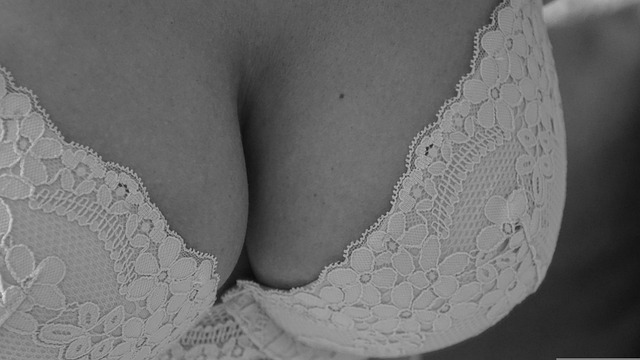A breast scan is a non-invasive imaging test used to evaluate abnormalities in the breast tissue. You may have to do a breast scan as an investigation of any breast related symptom or as part of routine checkup.
Here's what you can generally expect during a breast scan:
Before the Ultrasound Scan:
- Preparation:
- Usually, no special preparation is needed for a breast ultrasound scan.
- Wear a two-piece outfit to easily undress from the waist up.
During the Ultrasound Scan:
- Positioning:
- You will be asked to lie down on your back or slightly turned to one side on an examination table with hands placed behind(above) your head.
- The breasts and armpits will be exposed, so you will need to undress from the waist up.
- Application of Gel:
- The operator will apply a non-irritating water-based gel to your breasts. This gel helps to transmit sound waves and ensures good contact between the transducer and your skin.
- Scanning:
- The doctor will use a small handheld device called a transducer. This device emits high-frequency sound waves and captures the echoes that bounce back from the breast tissue.
- The transducer is moved back and forth over the breast area to capture images from different angles.
- You might feel slight pressure, but the procedure is typically painless.
- Image Capture:
- The sound waves create images of the breast tissue on a computer screen, which the doctor will review in real-time.
- Important images are saved or printed during the procedure.
After the Ultrasound Scan:
- Cleanup:
- The gel will be wiped off from your skin.
- You can get dressed immediately after the procedure.:
- Your doctor will discuss the results with you or during a follow-up appointment or teleconsultation
What the Ultrasound Scan Can Detect:
- Cysts (fluid-filled sacs) within the breast
- Solid masses (which could be cancerous or non-cancerous)
- Changes in breast tissue structure
Advantages of Breast Ultrasound Scan:
- Affordable, non-invasive and painless.
- Effective for examining dense breast tissue in younger women and breast-feeding women.
- No exposure to ionizing radiation.
- Useful for evaluating abnormalities found in a mammogram.
